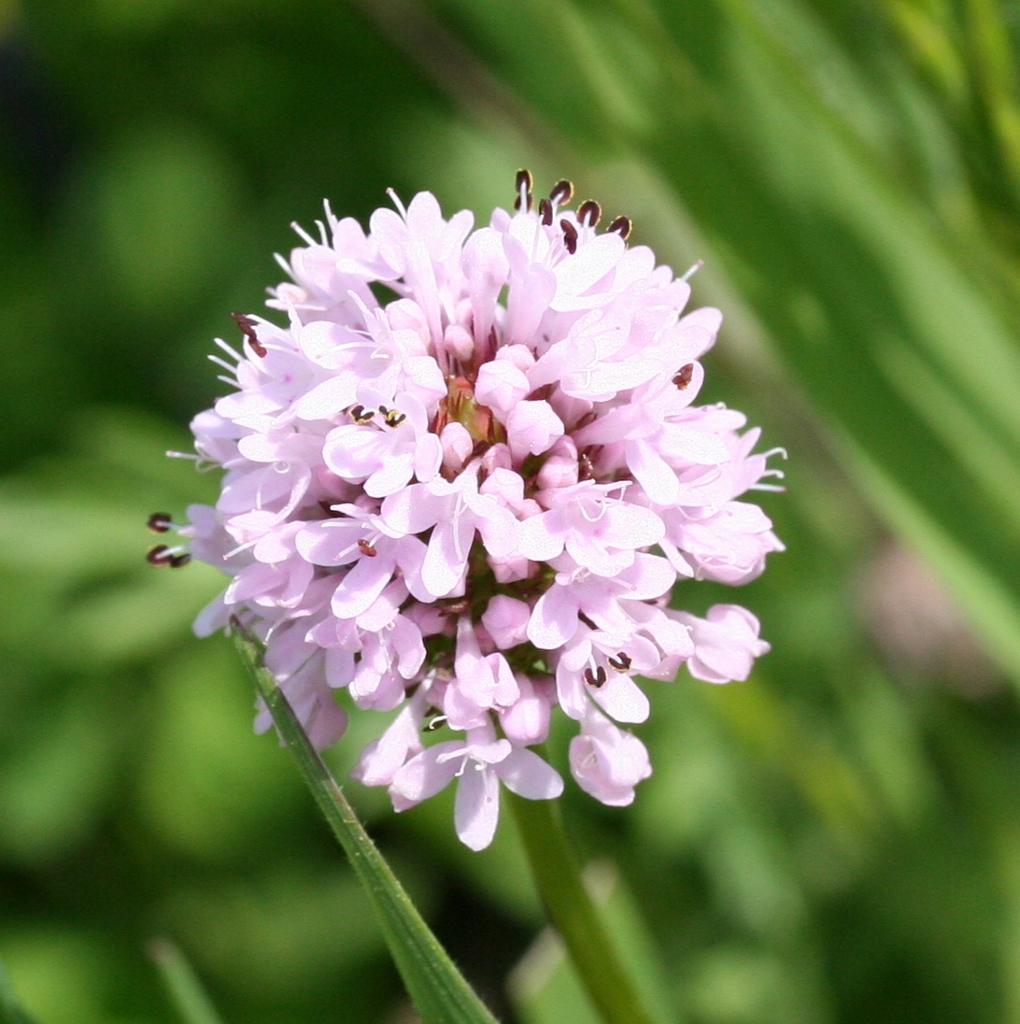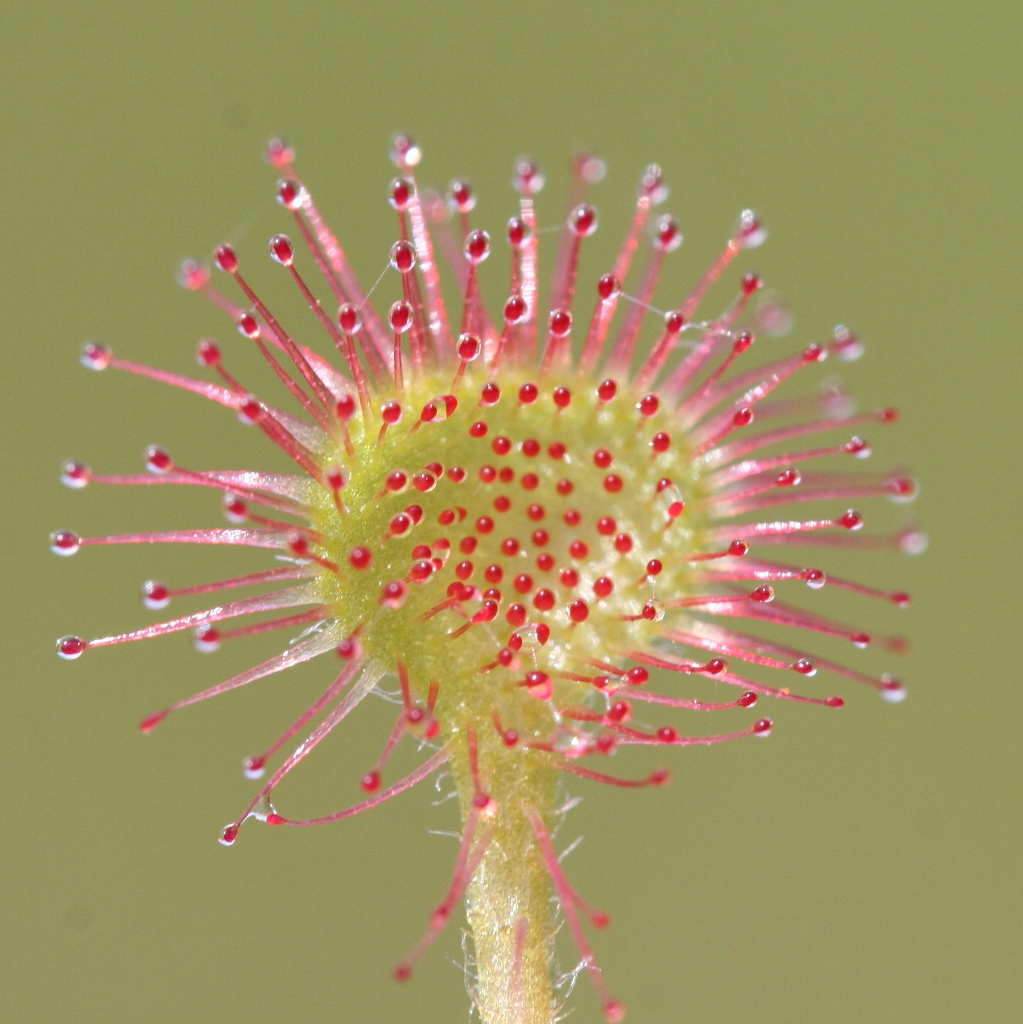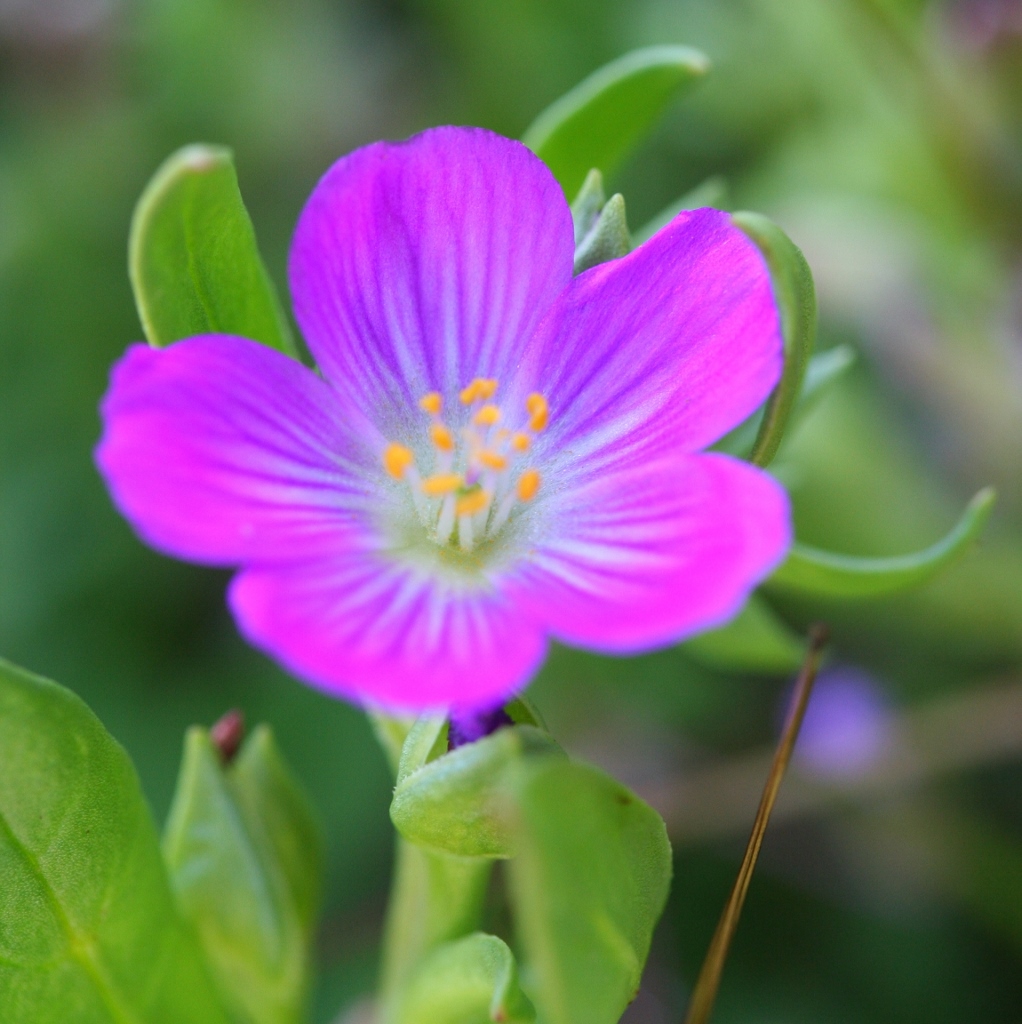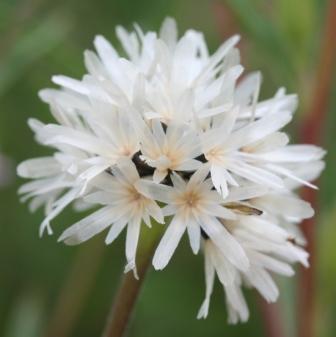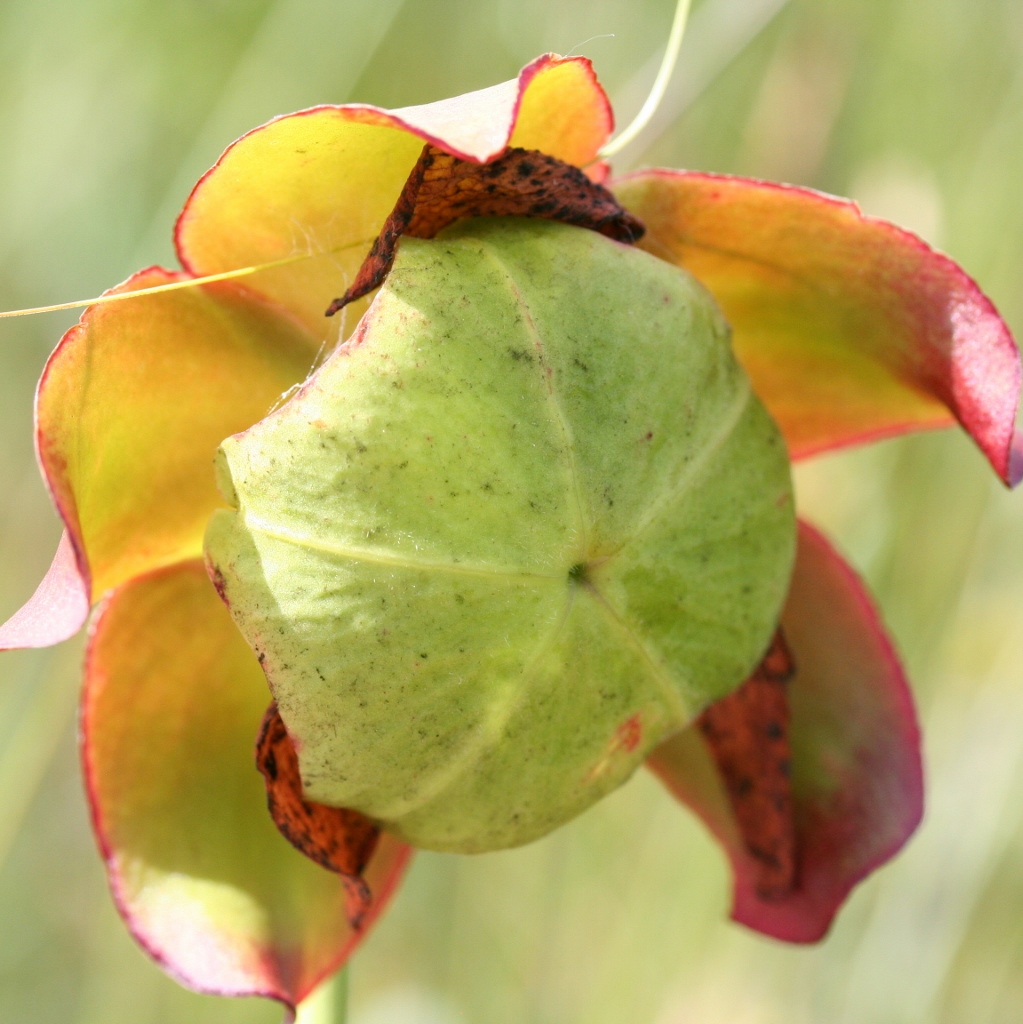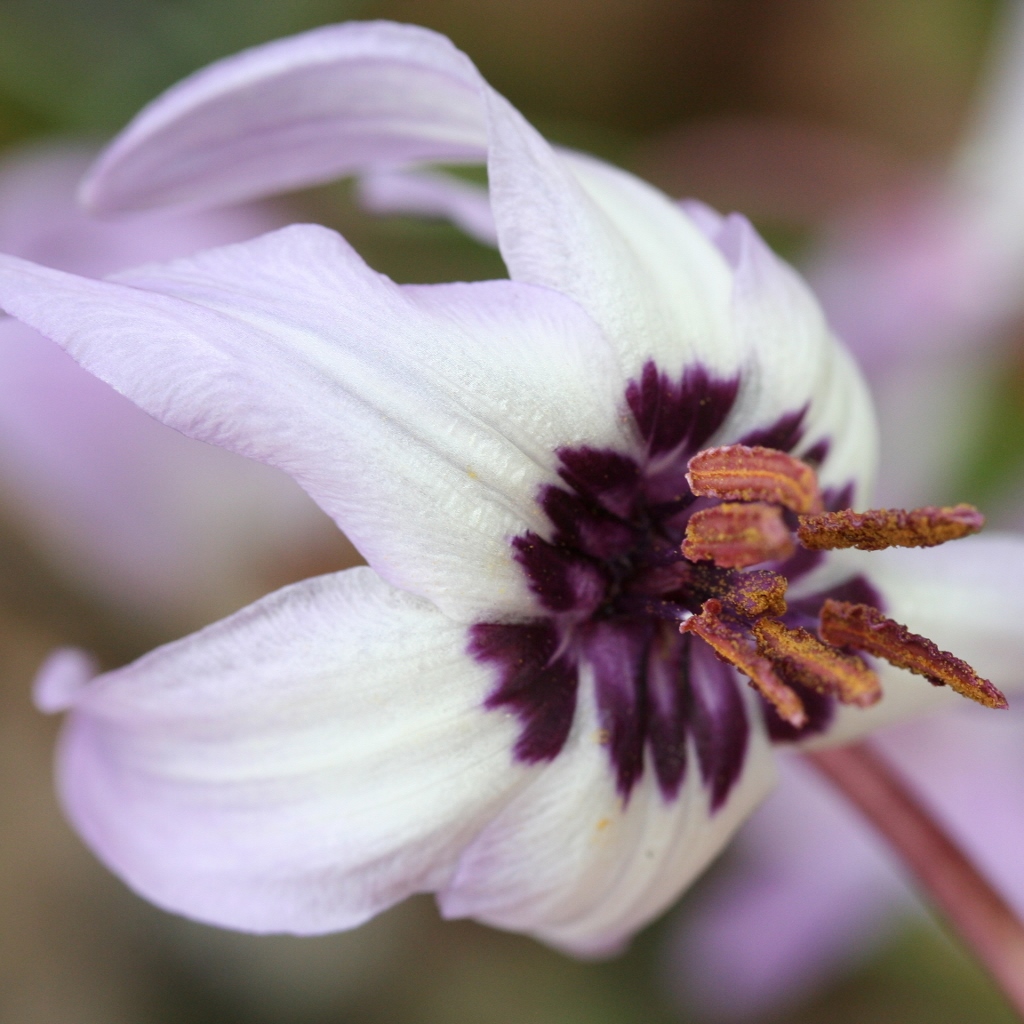Laurel Pfeifer-Meister, Ph.D.
Research interests
A fundamental goal in ecology is to understand the mechanisms that structure communities and how in turn, these communities can control ecosystem processes. My research interests can be unified under this topic. In particular, my research has focused on how climate change, competition, disturbance (e.g., fire, restoration), succession, and edaphic and environmental factors control the distribution of native and introduced plant species as well as carbon and nutrient cycling. I use a combination of manipulative experiments (both field and laboratory) and analysis of natural gradients to address these basic ecological questions within an applied framework. To date, I have conducted my research in upland and wetland prairie systems, and most recently, boreal peatlands.
Currently, I am a Research Associate in the Institute of Ecology and Evolution and Instructor for the Department of Biology (General Ecology-BIO 370, Community Ecology-BIO 472/572). I split my research between two projects. First, I am examining how increased temperature and precipitation will affect the range distributions of native prairie plant species in the Pacific Northwest. This is a collaborative research project recently refunded by the NSF where I am a Co-P.I. along with Scott Bridgham (lead), Bart Johnson, Bitty Roy, Dan Doak, Bill Morris, and Mitch Cruzan. We are experimentally manipulating temperature (2.5°C) and precipitation (20% above ambient) in a fully factorial design across a natural climatic gradient (Southern Oregon to Central Washington). We have planted a suite of 14 species that currently have their northern range within the Pacific Northwest to determine how projected climate change may alter their current range distributions (using detailed demographic data). We will also use landscape genetics to determine long distance dispersal probabilities of these same focal species. Finally, we will synthesize our demographic models with dispersal resistance maps to determine the probabilities of extinction in each species current ranges and the probability of reaching new habitats under future climate and land use scenarios. In addition, we are also studying how climate change will affect plant communities (including competition between native and introduced species and shifts in functional groups) and ecosystem functions of these prairies.
Second, in collaboration with Scott Bridgham (P.I.) and Jason Keller (Co-P.I.), I am examining the mechanisms controlling anaerobic carbon cycling in peatlands and how climate change (soil warming and atmospheric CO2 enrichment) may feedback to alter these cycles. Peatlands contain approximately ⅓ of the soil carbon and may be a significant source of methane and carbon dioxide under a future climate. Thus, it is essential to understand how these systems will respond to multiple climate perturbations. This project takes advantage of an ongoing DOE experiment, Spruce and Peatland Responses Under Climatic and Environmental Change (SPRUCE), located in a northern Minnesota bog dominated by black spruce and Sphagnum moss species. In this experiment, a regression approach will be used to warm air and deep peat from 0 to 9°C. Additionally, CO2 will be elevated to reach atmospheric levels of 800-900 ppm in half of the plots (12-m diameter). Deep peat warming has been initiated and the rest of the treatments are scheduled to come online in 2015.
Education
- Ph.D., Biology, University of Oregon, 2008
- B.Sc., Biology and Chemistry, Westmont College, 2000
Selected Publications
- Reynolds,L.L., B.R. Johnson, L. Pfeifer-Meister, and S.D. Bridgham. 2015. Soil respiration response to climate change in Pacific Northwest prairies is mediated by a regional Mediterranean climate gradient. Global Change Biology 21:487-500, DOI: 10.1111/gcb.12732.
- Pfeifer-Meister, L., S.D. Bridgham, C.J. Little, L.L. Reynolds, M.E. Goklany, and B.R. Johnson. 2013. Pushing the limit: experimental evidence of climate effects on plant range distributions. Ecology 94(10):2131-2137.
- Pfeifer-Meister, L., B.R. Johnson, B.A. Roy, J.L. Stewart, S.Carreño, and S.D. Bridgham. 2012. Restoring wetland prairies: tradeoffs among native plant cover, community composition, and ecosystem functioning. Ecosphere 3(12):1-19.
- Pfeifer-Meister, L., B.A. Roy, B.R. Johnson, and S.D. Bridgham. 2012. Dominance of native grasses leads to community convergence in wetland restoration. Plant Ecology 213:637-647.
- Pfeifer-Meister, L., E.M. Cole, B.A. Roy, and S.D. Bridgham. 2008. Abiotic constraints on the competitive ability of exotic and native grasses in a Pacific Northwest prairie. Oecologia 155:357-366.
- Pfeifer-Meister, L. and S.D. Bridgham. 2007. Seasonal and spatial controls over nutrient cycling in a Pacific Northwest prairie. Ecosystems 10:1250-1260.
- Blaisdell, G.K., B.A. Roy, L. Pfeifer-Meister, and S. D. Bridgham. In press. An exploration of hypotheses that explain herbivore and pathogen attack in restored plant communities. PLOS ONE.
- Medvedeff, C.A., S.D. Bridgham, L. Pfeifer-Meister, and J.K. Keller. In review. Can Sphagnum leachate chemistry explain differences in anaerobic decomposition in peatlands?. Soil Biology and Biochemistry.
"When we try to pick out anything by itself, we find it hitched to everything else in the Universe." -John Muir (My First Summer in the Sierra, 1911)

